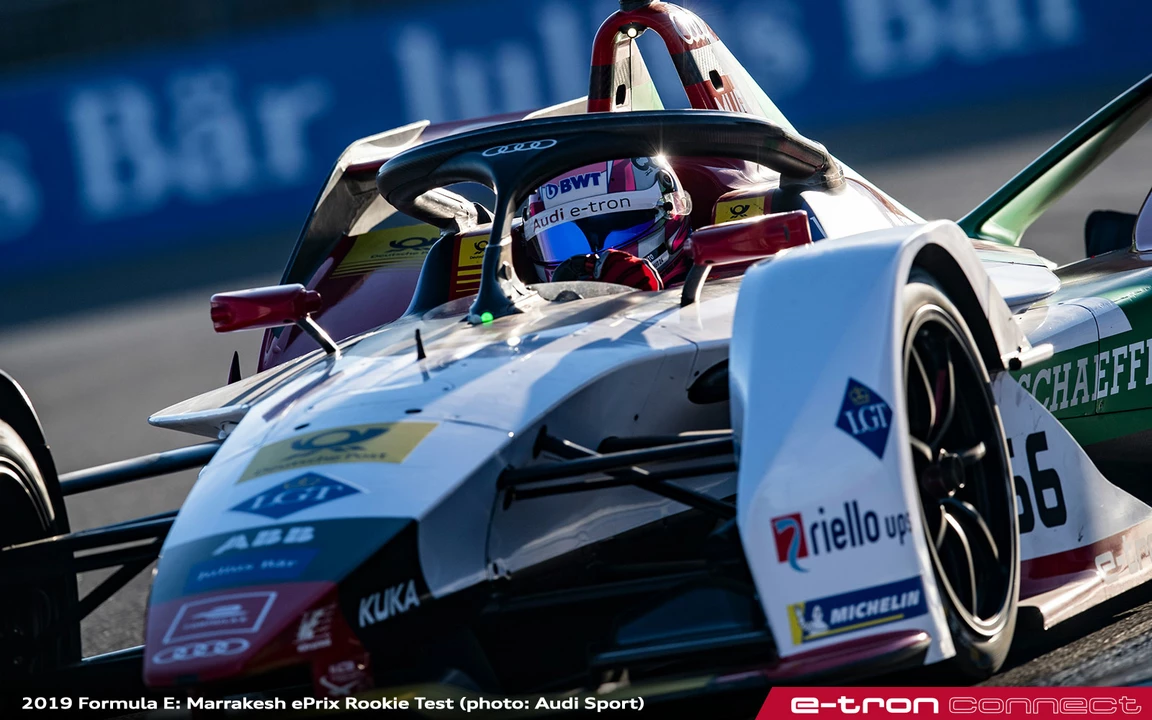Formula 1 vs Formula E vs IndyCar – Which Is Harder to Drive?
Ever wondered why some fans swear one series is tougher than the others? It’s not just about speed. The physical load, the way the car behaves and the mental grind all play a part. Below we compare the three biggest single‑seater leagues to see which one really tests a driver’s limits.
Physical strain – G‑forces and heat
Formula 1 cars zip past 350 km/h and generate up to 5 g in corners. Drivers need a strong neck, core and cardio to survive a 90‑minute race. The cockpit gets hot, the steering wheel vibrates, and the downforce pushes you into the seat. Formula E, on the other hand, runs slower (around 250 km/h) and produces lower g‑forces, but the electric powertrain means the battery heats up quickly. Drivers often describe the heat as “cook‑off” inside a sealed cell. IndyCar sits in the middle: on ovals you’ll feel steady lateral g‑force, while street circuits bring quick direction changes that tax the body just like F1 does.
Car handling – Power delivery and brakes
F1 uses a turbo‑hybrid V6 that spits out over 1000 hp. The power comes in a burst, so drivers must manage wheelspin and traction at every acceleration point. Brakes are carbon‑carbon and can bring the car from 300 km/h to 0 in seconds – that’s a lot of pedal work. Formula E’s electric motor delivers instant torque, which feels like a sudden tug every time you press the accelerator. The challenge is to smooth that out while staying within a tight energy budget. IndyCar’s V6 engines are naturally aspirated, giving a linear power curve. The cars use steel brakes, which are less aggressive but wear out faster on street tracks. Each series forces drivers to adapt their driving style to match the power source.
Beyond power, the steering feel differs. F1 steering is light but extremely responsive because of the sophisticated hydraulics. Formula E feels heavier at low speeds due to the weight of the battery pack, and IndyCar has a more mechanical feel, especially on the heavier oval chassis. Those nuances change the way you corner, and mastering them is a full‑time job.
Mental demands – Strategy, energy and track variety
In F1, drivers juggle tire strategy, fuel load, and radio instructions while coping with the physical strain. One mistake can cost a whole race. Formula E adds another layer: you have a limited amount of energy for the whole event. Drivers need to think about how much power to use on each lap, when to push, and when to coast – almost like a video game with a shrinking battery bar. IndyCar’s mental load comes from the variety of circuits. Ovals demand relentless focus for long, high‑speed runs, while street circuits force you to memorize tight corners and avoid wall‑rides. Switching between these tracks in a single season keeps drivers on their toes.
The pressure from the team also matters. F1 teams have huge data streams and expect split‑second feedback. Formula E crews are constantly adjusting software settings to manage energy. IndyCar teams often rely on driver intuition, especially when weather changes quickly on a street race.
So which series is the hardest? It really depends on what you count as “hard”. If you measure raw physical stress and extreme G‑forces, F1 takes the crown. For pure mental juggling of power and energy, Formula E is a tough nut. When you mix high‑speed oval endurance with tricky street‑circuit precision, IndyCar gives a balanced challenge.
Bottom line: each championship pushes drivers in its own way. Fans who love the visceral feel of speed might lean toward F1, while those who enjoy strategic depth may prefer Formula E. If you crave variety and raw road‑racing grit, IndyCar is the place to look. Whatever your preference, the drivers behind the wheel are constantly training their bodies and minds to stay ahead of the competition.
What is harder work to drive, Formula 1, Formula E, or IndyCar?

As a motorsports enthusiast, I've always wondered which racing series requires the most effort from its drivers - Formula 1, Formula E, or IndyCar. After researching and comparing factors such as physical strain, car handling, and mental demands, I've found that each series presents unique challenges. Formula 1 cars have higher speeds and heavier G-forces, while Formula E requires precise energy management and car control. IndyCar poses its own challenges with its combination of high-speed ovals and tight street circuits. Ultimately, it's difficult to determine which series is the hardest to drive in, as each one demands a different skill set and level of expertise from its drivers.
- May 5 2023
- Declan Whitmore
- 0 Comments